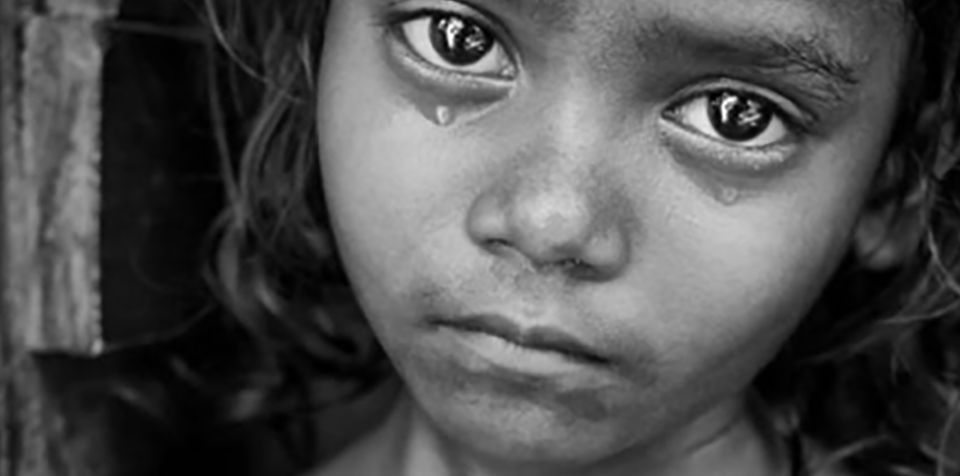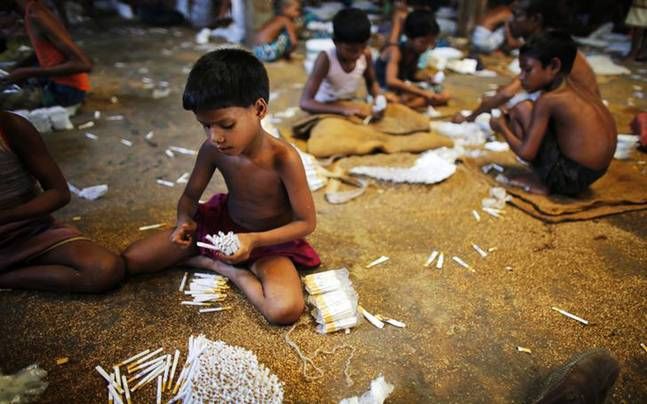Children Not For Sale
May 21, 2019 • 31 views
Child trafficking can be defined as the process of illegally transporting, transferring, or harboring a person below the age of 18 years, for the purpose of exploitation. This problem is prevalent in most developing countries due to porous borders and weak domestic laws to counter the issue. Child trafficking is a violation of the mental and physical integrity of a child. It includes physical and sexual violence, and it violates the right of a child to grow up in a healthy environment.

According to a study, it has been found that almost 400 districts in India are affected by the issue of child trafficking. It is also estimated that 90% of the trafficking is done internally, and the victims are used for forced labor. The children who are a victim of trafficking are exploited in various ways like forced to work as agricultural and industrial workers, beggars and domestic servants. Girls in their teens or just attaining teen years are most affected. They are mainly trafficked for the purpose of prostitution and forced marriage.

Poverty and unemployment have crippled India as a nation. With nearly half of the entire population falling under economically deprived zone, India is a land of lost opportunities and scrappy resources. In Indian culture, parents think their children should earn money and free the family from the dark shackles of poverty. Many send their children to big Indian cities to earn a livelihood and ease their poverty.And just as they do so, the poor little souls get abducted into sex slavery or human trafficking rackets, from where they can never be brought back. Most families in India have higher numbers of children than are financially viable, and this is only compounded by pre-existing conditions of low income and weak family planning that makes selling daughters. Most trafficking occurs in remote regions that are largely disconnected from the world, victims themselves are unaware that there exist local organizations that work tirelessly to rid society of such crimes against humanity. The caste system is still a contemporary reality. The rural India which reels under caste based discrimination, with reduced access to opportunities for advancement and the high profits associated with child trafficking, the low caste families are bullied into selling their children.
India has seen a series of political parties coming to power. There has been a general lack of will amongst the political class to pass a strong anti-child trafficking legislation. No manifesto ever puts focus on the need to push the stuck bill. Leave alone the bill, the manifesto hardy mentions of curing the child trafficking.

The Human Rights Law Network developed the anti-trafficking initiative which provides free legal services to women and children who are trafficked. It is essentially a legal advocate to move the cases of these individuals up to the supreme and high courts for official hearings. In this way, the hearings can be boosted up to a level wherein the perpetrators may actually be punished for their crimes. There are many other non profits tied to the Indian Central and State governments that work tirelessly to raise awareness about these incidences. Although all these measures are being taken, the battle is still not won, and millions of children are still under threat. The first step towards helping them is raising awareness, so spread the message!
Be human and save human!
